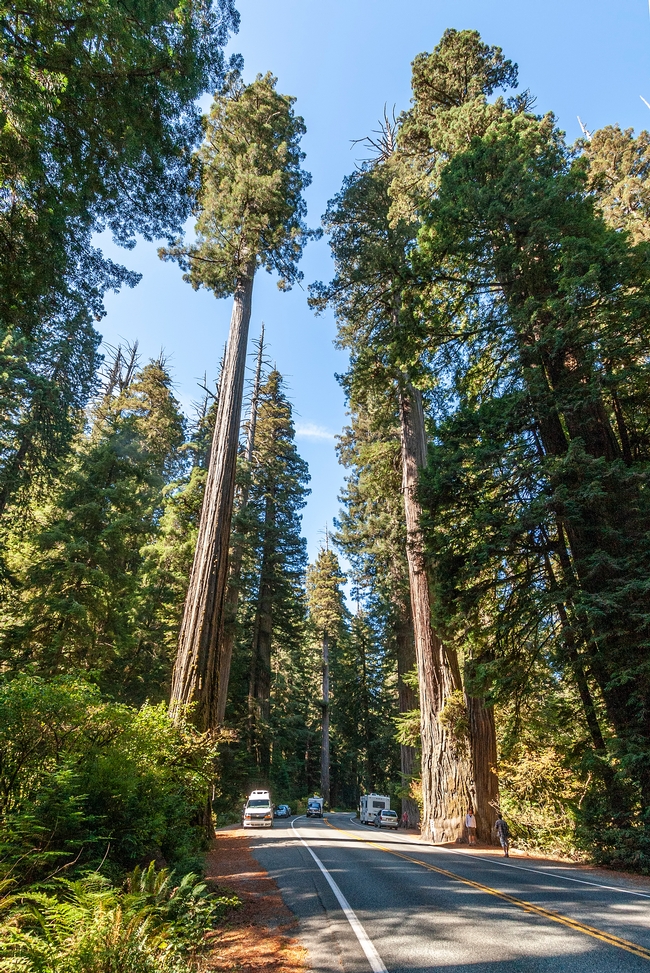Posts Tagged: giant
Murder Hornets: Murder in the First Degree?
Want to learn about "murder hornets?" Entomologists cringe every time someone substitutes the moniker, "murder hornet," for the Asian giant...
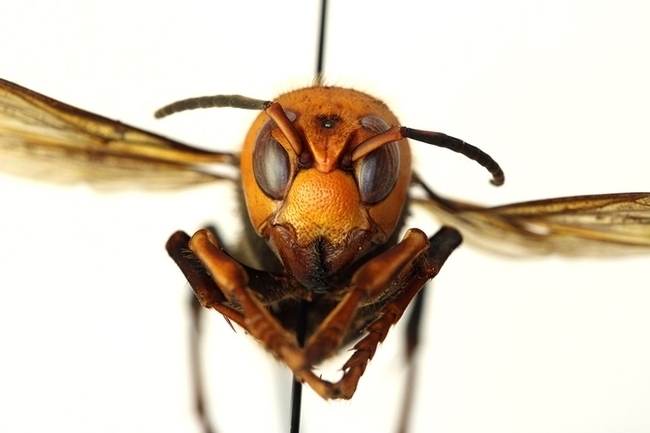
The Asian giant hornet, which the news media named "murder hornet." (Photo courtesy of the Washington State Department of Agriculture)
Forest management can help giant sequoias and coastal redwoods survive
In 2020, 9,000 fires scorched more than 4 million acres of California, a record-breaking year, reported Alejandra Borunda in National Geographic. Fires burned through homes and oak forests, grasslands and pines — and also through patches of giant sequoias and coast redwoods, respectively the most massive and the tallest trees on earth.
Giant sequoias are not the oldest living trees, but some have been growing in Sierra Nevada forests for more than 3,200 years. They are found in 68 groves on the Sierra's western flank. The state's redwood forests grow in a narrow strip along the coast of Northern California and Southern Oregon.
The 2020 fires burned through about 16,000 acres of sequoia groves, about a third of their total area. In redwood forests of the Santa Cruz Mountains, 40,000 acres burned.
But because redwoods are well-adapted to fire, they'll likely recover pretty quickly, said Scott Stephens, a UC Berkeley fire scientist. “In some ways, this fire could make redwoods more dominant in the landscape," he said, because other trees — like the hardwoods or Douglas firs that crowded the local forests — died outright in the burns.
However, scientists are concerned one cause of the fires, climate change, could have additional impacts on these natural treasures.
Since the mid-1800s, temperatures in the western U.S. have increased by 1.6 degrees Fahrenheit. Fog banks are fading in coast redwood territory, and snows are less consistent in the Sierras. The changes leave redwoods and sequoias without their preferred climate conditions.
The most responsible thing to do now, Stephens said, is to “take the opportunity that has been handed to us,” and make a plan to go back in and burn again—soon, within the next few years.
UC Cooperative Extension forestry advisor Lenya Quinn-Davidson agrees that California must manage fire to help the trees survive. Tree-ring records show that humans have influenced the fire regime for better and worse as long as they've been in these forests.
“The empowering message there is, human management can actually override the effects of climate in a fire contest,” Quinn-Davidson said. “It's not just a climate story. We can't just throw in the towel, feel overwhelmed, and tell ourselves these trees are done for. That's not true!”
This Is NOT an Asian Giant Hornet
Nope, not an Asian giant hornet. Not even close. It's a Jerusalem cricket, sometimes called a "potato bug." The be-on-the-lookout (BOLO) for the...
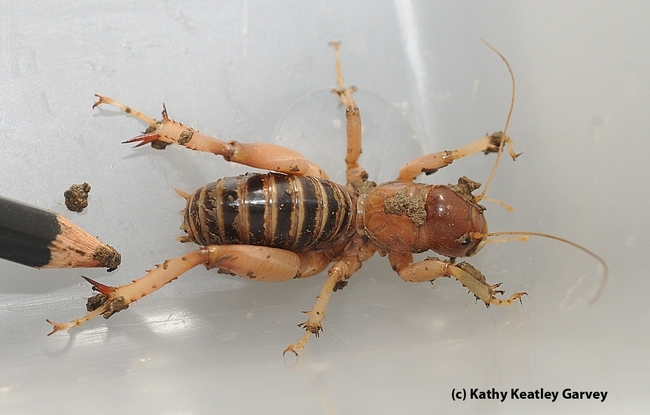
This is a Jerusalem cricket, commonly known as a "potato bug." Someone once described it as a "cricket on steroids." (Photo by Kathy Keatley Garvey)
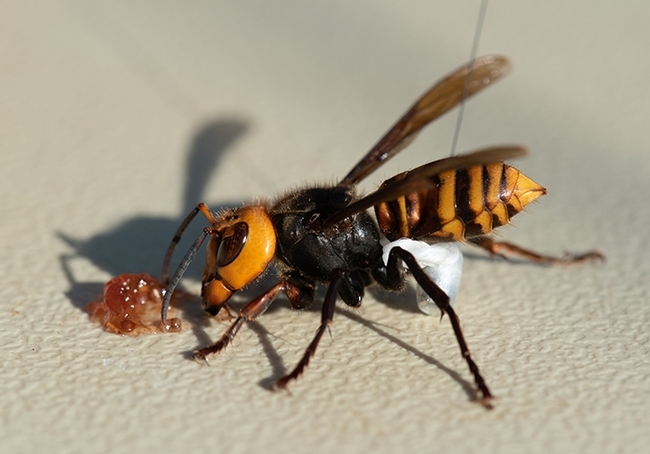
This is the Asian giant hornet. (Photo courtesy of the Washington State Department of Agriculture.)
Good News on the Asian-Giant-Hornet News Front
California this year has faced the COVID-19 pandemic, disastrous wildfires, racial unrest, and political strife--a combination resulting in...
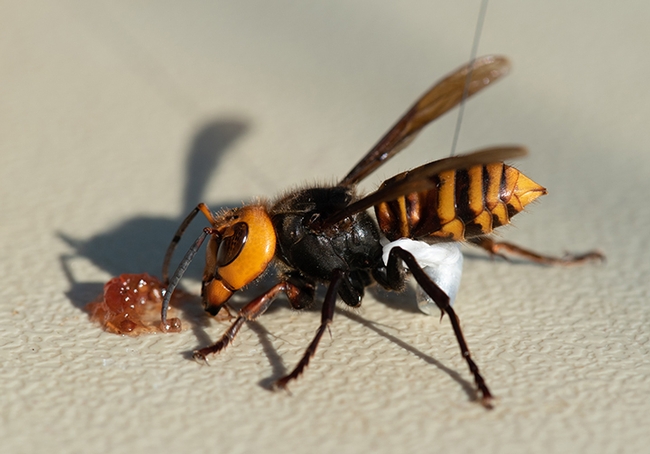
The Asian giant hornet measures a little less than two inches long. A nest was recently discovered and destroyed near Blaine, Wash. (Photo courtesy of the Washington Department of Agriculture)
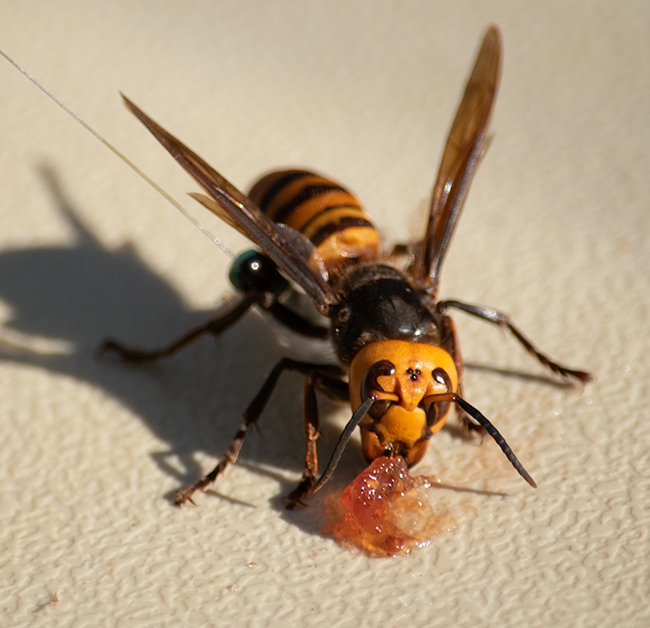
Close-up of the Asian giant hornet, Vespa mandarinia. (Photo courtesy of Washington Department of Agriculture)
What You Need to Know About That Invasive Giant Hornet
It's good to see Washington State University Extension's newly published, updated fact sheet on the Asian giant hornet, Vespa...
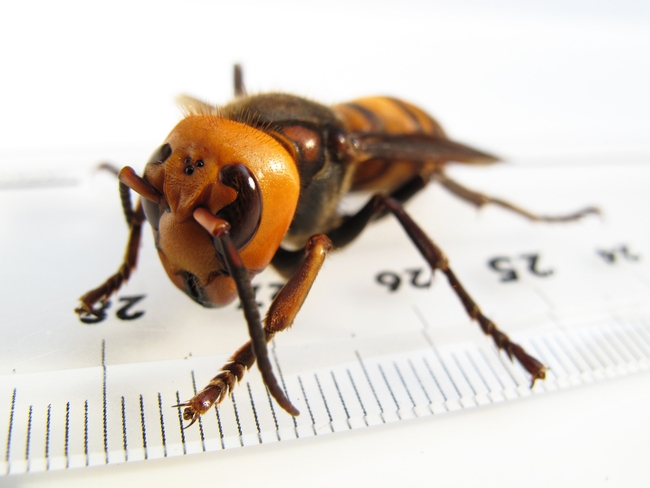
This is a female Vespa mandarinia japonica by Yasunori Koide. (Creative Commons photo)
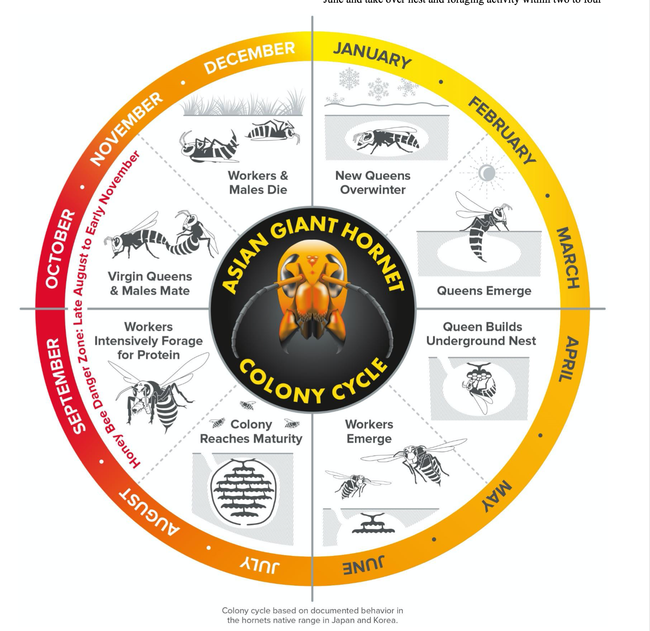
Screen shot of the life cycle that appears in the WSU Extension fact sheet on the Asian giant hornet, Vespa mandarinia. (Courtesy of WSU)


